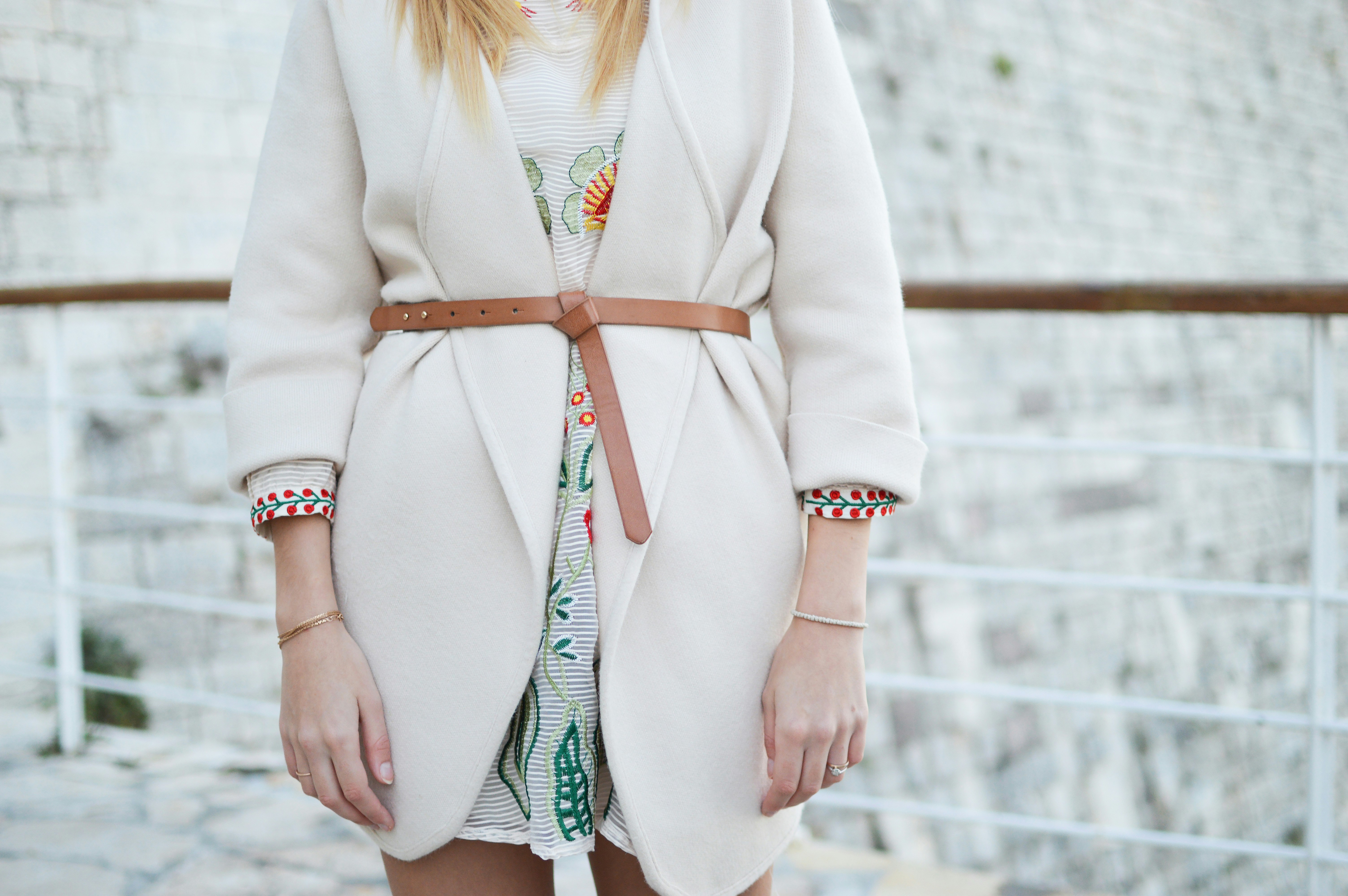Dopamine Dressing: The Science of Mood-Boosting Fashion
Fashion's latest trend isn't about a specific style or color palette—it's about the psychology behind what we wear. Enter dopamine dressing, a sartorial approach that's taking the fashion world by storm. This revolutionary concept merges neuroscience with style, promising to elevate our moods through strategic wardrobe choices. But what exactly is dopamine dressing, and how can it transform your closet and your mindset?

This concept isn’t entirely new—color psychology has long been a part of fashion and interior design. However, dopamine dressing takes it a step further by considering not just color, but also texture, fit, and personal associations with certain garments. It’s a holistic approach to dressing that prioritizes emotional well-being alongside aesthetic appeal.
The Evolution of Mood-Enhancing Fashion
While the term dopamine dressing may be relatively new, the idea of using clothing to boost mood has been around for centuries. In the 1920s, the flapper movement embraced liberating styles that challenged societal norms and boosted women’s confidence. The 1960s saw the rise of psychedelic fashion, with its mood-altering colors and patterns. Today’s dopamine dressing trend is a more scientifically-informed continuation of this age-old practice.
The concept gained significant traction during the COVID-19 pandemic when many people turned to colorful, comfortable clothing as a form of self-care during lockdowns. As we emerge from this challenging period, the desire to use fashion as a tool for emotional uplift has only grown stronger.
Implementing Dopamine Dressing in Your Wardrobe
The beauty of dopamine dressing lies in its personalization. What triggers a dopamine release for one person may not have the same effect on another. However, there are some general principles that can guide your foray into mood-boosting fashion:
-
Embrace Color: Bright, vibrant hues are often associated with positive emotions. Consider incorporating pops of your favorite colors into your outfits.
-
Prioritize Comfort: Clothes that feel good on your skin can contribute to overall well-being. Look for soft textures and comfortable fits.
-
Nostalgia Factor: Items that hold positive memories or associations can trigger dopamine release. Don’t be afraid to wear that concert t-shirt or your grandmother’s vintage brooch.
-
Statement Pieces: Wearing items that make you feel confident and powerful can boost your mood. This could be anything from a sharp blazer to a pair of eye-catching shoes.
-
Tactile Textures: Engaging multiple senses can enhance the dopamine effect. Experiment with different textures like silk, velvet, or cashmere.
The Fashion Industry’s Response
As dopamine dressing gains popularity, fashion brands are taking notice. Many are now designing collections with mood-boosting properties in mind. This shift is evident in the increased use of bold colors, playful patterns, and comfortable yet stylish silhouettes in recent runway shows and retail collections.
Some brands are even collaborating with neuroscientists to create garments specifically designed to trigger positive emotional responses. This intersection of fashion and neuroscience opens up exciting possibilities for the future of clothing design.
Balancing Trend and Individuality
While dopamine dressing is trending, it’s important to remember that it’s fundamentally about personal well-being rather than following a prescribed style. The key is to identify what truly makes you feel good, regardless of current fashion trends.
This might mean wearing a bright yellow sweater in the dead of winter or donning your favorite graphic tee for an important meeting. The goal is to curate a wardrobe that serves as a personal mood-boosting toolkit, ready to lift your spirits whenever needed.
Harnessing the Power of Dopamine Dressing
-
Conduct a wardrobe audit: Identify pieces that consistently make you feel good and consider why they have that effect.
-
Create a dopamine dressing capsule: Assemble a collection of mood-boosting items for days when you need an extra lift.
-
Experiment with color psychology: Research the emotional associations of different colors and incorporate those that resonate with your desired mood.
-
Practice mindful shopping: When acquiring new items, consider their potential mood-boosting properties alongside their style quotient.
-
Mix and match: Combine dopamine-inducing pieces with your regular wardrobe to create balanced, mood-enhancing outfits.
As we continue to navigate an ever-changing world, the concept of dopamine dressing offers a powerful tool for self-care and emotional regulation. By harnessing the mood-boosting potential of our wardrobes, we can face each day with increased confidence and positivity. Remember, the most stylish outfit is always the one that makes you feel your best—inside and out.





